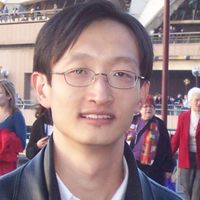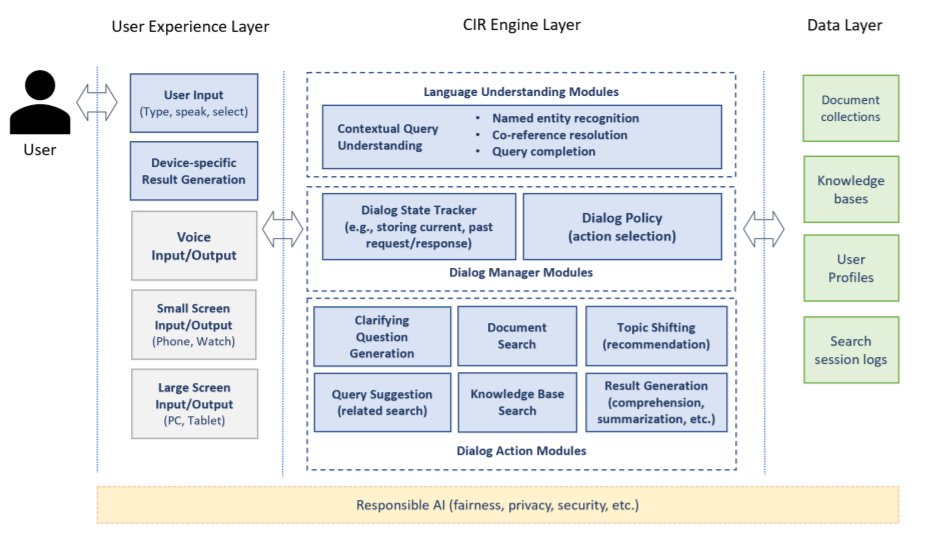
Jianfeng Gao
@jianfenggao0217
Distinguished Scientist & Vice President, Microsoft Research.
IEEE Fellow.
ID: 1048413351670206466
https://www.microsoft.com/en-us/research/people/jfgao/ 06-10-2018 03:23:16
32 Tweet
1,1K Takipçi
26 Takip Edilen




Congrats to the Dynamics 365 and Microsoft Research AI team for being the first achieve the human performance estimate on the GLUE benchmark. blogs.msdn.microsoft.com/stevengu/2019/…

"New State of the Art AI Optimizer: Rectified Adam (RAdam). Improve your AI accuracy instantly versus Adam, & why it works" It's been a long time since we've seen a new optimizer reliably beat the old favorites; this looks like a very encouraging approach! link.medium.com/iN3d4LMpbZ







Curious about how to advance & apply deep generative models in an era of large-scale pre-training? Learn from three new projects—Optimus for language modeling, FQ-GAN for image generation, and Prevalent for vision-language navigation—led by Chunyuan Li: aka.ms/AA84pcr





Biomedicine is facing an information explosion. The Microsoft Biomedical Search prototype uses advances in natural language to enable scientists & clinicians search w/ natural language vs. keywords. More at aka.ms/AAbhb8c Microsoft Research National Library of Medicine #MicrosoftOCSO Computing Community Consortium (CCC)



After 1+ years of writing, the first draft of our book (w. Jianfeng Gao Paul Bennett Nick Craswell ) "Neural Approaches to Conversational Information Retrieval" is now up on ArXiv (arxiv.org/abs/2201.05176) for feedback. Let us know where you think we can improve the book!

